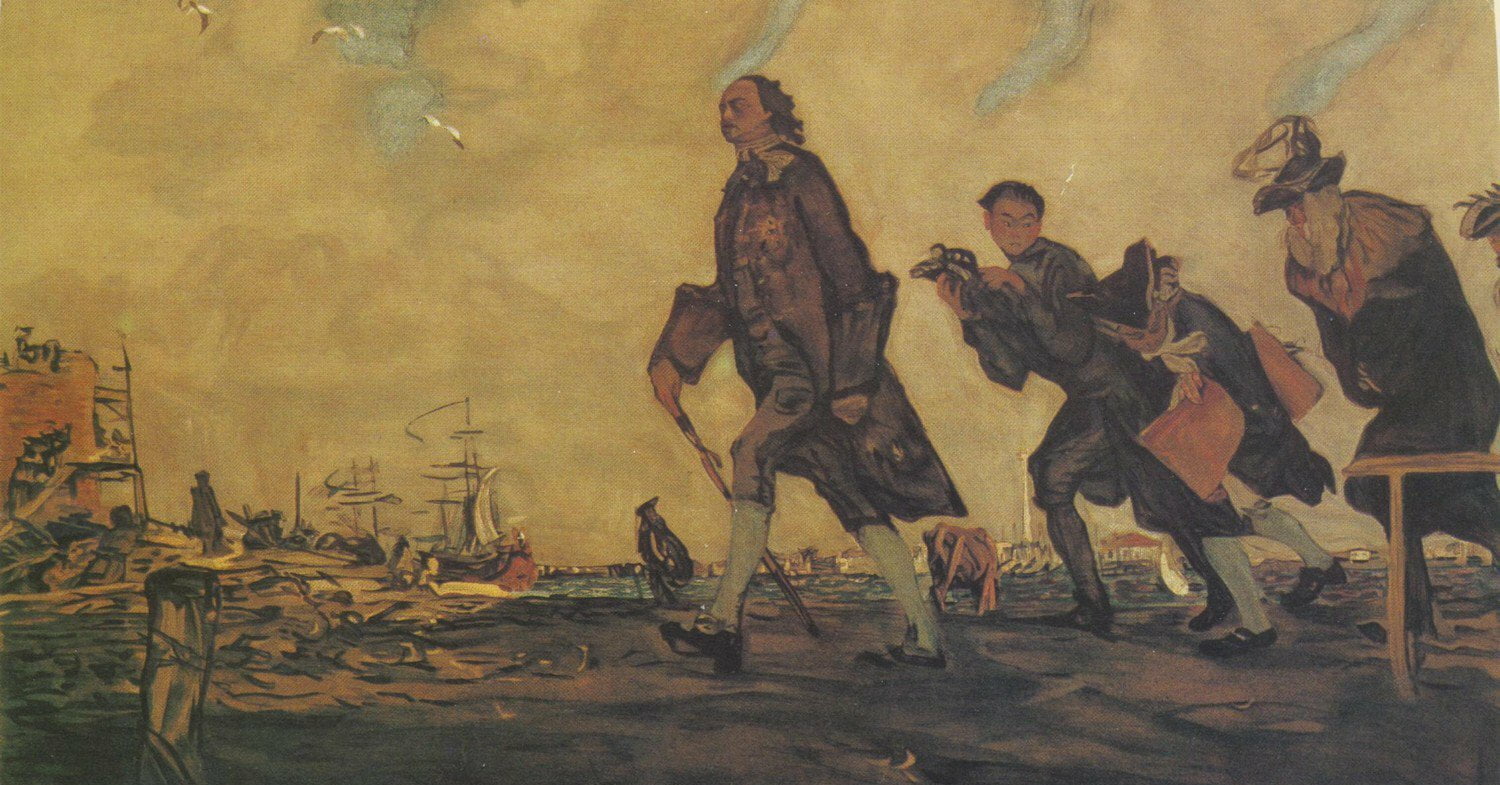The text of the decree, in which the Russian emperor allegedly explains how a subordinate should behave when meeting with his superiors, is widely circulated on the Internet. We checked whether Peter I actually issued such a decree.
According to numerous publications on the Internet, Peter I issued a decree with the following content: “A subordinate in the face of his superiors must look dashing and stupid, so as not to embarrass his superiors with his understanding.” This instruction, supposedly authored by the first Russian emperor, is used not only in signatures to funny photographs of animals, but also to advice on subordination and corporate psychology. Moreover, the text of this decree was seriously analyzed by the authors "Komsomolskaya Pravda", "RIA Novosti", radio "Vesti.FM" and portal "Scientific Russia".
During his many years of rule, Peter I issued many decrees. Now these texts available on the website of the Presidential Library. Yeltsin. We were unable to find there a command about “dashing and stupid appearance.” A search through the Complete Collection of Laws of the Russian Empire, which presented on the website of the Russian National Library. On the Internet, the decree on the subordinates is usually dated either December 9, 1708, or December 9, 1709. In the first case, we found a decree on the recruitment of recruits “in cities and districts near Moscow”, where there is nothing about “dashing and stupid appearance”; in the second - not a single document at all.
Professional historians also do not know about the existence of such a decree. Senior researcher at the State Historical Museum Gennady Marstupa spoke, that he “did not come across a text with such words in the sources.” Director of the Center for the History of Modern Russia at the National Research University Higher School of Economics Igor Fedyukin believes, that such a decree is “a fake, and it seems to have been launched already in the Internet era.” According to the historian, the content of the text contradicts the position of the emperor, who, on the contrary, believed that it was necessary to “embarrass” his own leadership and tell the sovereign about his mistakes. Supports colleagues and historian Gleb Kazakov, who emphasizes that the text “in its content and style is very similar to jokes that were written about Peter and other monarchs.”
The speech patterns used in the text also raise doubts about the authenticity of the decree. The National Corpus of the Russian Language allows you to check how often and in what years certain words and expressions were used. For example, the first use of the word "dorky" recorded in a Russian-language text only at the end of the 19th century - it is extremely unlikely that a word supposedly known at the beginning of the 18th century fell out of circulation for more than a century and a half. Moreover, the word “bosses” at the turn of the 18th–19th centuries was often used in a meaning different from its modern one: it meant not a group of leaders, but rather a responsibility to lead something or someone. For example, constructions like “take control over” in the meaning of “begin to lead something” were common.
The earliest mentions of this decree that we were able to find date back to the turn of the 20th and 21st centuries. Ukrainian writer Andrey Durunda in 1999 published the novel “Tears of St. Mary”, where the alleged command of Peter I became one of the epigraphs. This decree is also referred to by other Ukrainian authors of that time, for example the satirist Evgeniy Dudar. In the detective novel by Tatiana Stepanova "Mirror for the Invisible Man" 2000 there is this fragment: “On the wall above the table hung a colorful poster depicting Judge Dredd in all his cosmic splendor. Below there was a smaller poster, where the following recommendation was written in black ink: “A subordinate in front of his superiors should look dashing and stupid. So as not to embarrass his superiors with his understanding.” And the signature: Peter I, royal decree numbered...” Finally, in “Records and Extracts” by philologist Mikhail Gasparov, published in 2001, it says, that he saw an “extract” with similar text on the wall in the building of the Russian Foundation for Basic Research (exists since 1992). It is likely that this text was born among historians of the late 20th century as a joke, but at some point became known to a wider audience, who accepted it as a real decree issued by the emperor.
Fake
If you find a spelling or grammatical error, please let us know by highlighting the error text and clicking Ctrl+Enter.







